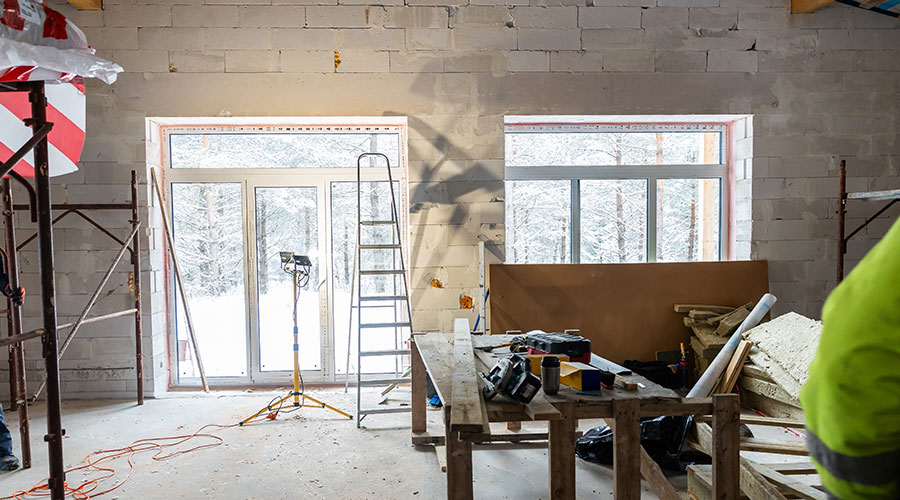How To Balance Speech Intelligibility with Privacy
Generally, better speech intelligibility means less privacy. But here's how to find the happy medium.
At some point or another, everyone has had the experience of not being able to understand human speech in the built environment. It might be at a dinner party in a crowded restaurant, where the chatter of many nearby tables makes it impossible to hold a conversation. Or it might be an announcement over the public address system in a department store that, because of reverberation time and other factors, sounds garbled. Although these might be common experiences in the sphere of public life, imagine the consequences when this issue sneaks into the workplace: a busy factory floor, or college auditorium, or a surgical suite when a doctor’s instructions are misunderstood.
This concern, speech intelligibility, is the degree to which spoken communication can be understood accurately by listeners.
Speech intelligibility has a flip side. In many spaces, the ability to overhear nearby conversations can be a negative.
“If conversations in an environment are audible and intelligible, the acoustic privacy is said to be poor, but as conversations become less audible and less intelligible the acoustic privacy is said to be good,” notes Mark Hughes, senior marketing manager at Cambridge Sound.
Facility managers often have to deal with both intelligibility and privacy under a single roof. In healthcare, for example, speech intelligibility should be quite high in some environments, like surgical suites. In other locations, facility managers will actually want to ensure that speech intelligibility is low to help safeguard occupant privacy and guarantee — in the case of HIPAA regulations — compliance with standards.
Neither speech intelligibility nor speech privacy has a “one-size-fits-all” solution for facility managers. Both are affected by a multitude of factors that can range from volume of ambient noise in the room in which speech must be understood, to the regulations that govern building occupant privacy.
Understanding the issues
Definitions of speech intelligibility can vary. As Sean Browne, senior principal scientist at Armstrong Ceilings notes, “speech intelligibility is not about the content, although that would be nice; mostly it’s about environmental conditions that give the best chance of understanding what a talker is saying.”
Are there building standards that facility managers can follow as a prescription to achieve speech intelligibility or privacy? “The answer [is] complicated,“ says Gary Madaras, acoustic specialist at Rockfon. “ASTM C634-13 Standard Terminology Relating to Building and Environmental Acoustics does not contain a definition for speech intelligibility to which the industry can point. There is no ASTM standard to measure speech intelligibility either. However, there are two ASTM standards (E1130-16 and E2638-10) to measure speech privacy in both open and enclosed spaces.”
He notes that, in general, as speech privacy increases, speech intelligibility decreases. “Even so, few professionals would likely advocate assessing speech intelligibility, for example in classrooms, by measuring speech privacy and declaring speech intelligibility is achieved when low speech privacy exists,” Madaras says.
Madaras notes that there is a new ASTM committee which is trying to make progress on establishing an industry standard understanding on the dual nature of speech intelligibility and speech privacy.
Although there isn’t a fixed definition of speech intelligibility, there is a standard for measuring how intelligible speech is.
“Today we have accurate tests that can be performed on mass notification systems to ensure the intelligibility,” says Mark Hamilton, applications engineer at Siemens Industry, Inc., Building Technologies Division. “Speech intelligibility can be measured according to the standard IEC 60268-16:2011.“ Speech Transmission Index (STI) and Speech Transmission Index — Public Address (STIPA) are the most common measurements of speech intelligibility. Annex D of NFPA 72 2019 cites STIPA as one acceptable measurement of speech intelligibility testing among other methods, Hamilton says.
Related Topics:














